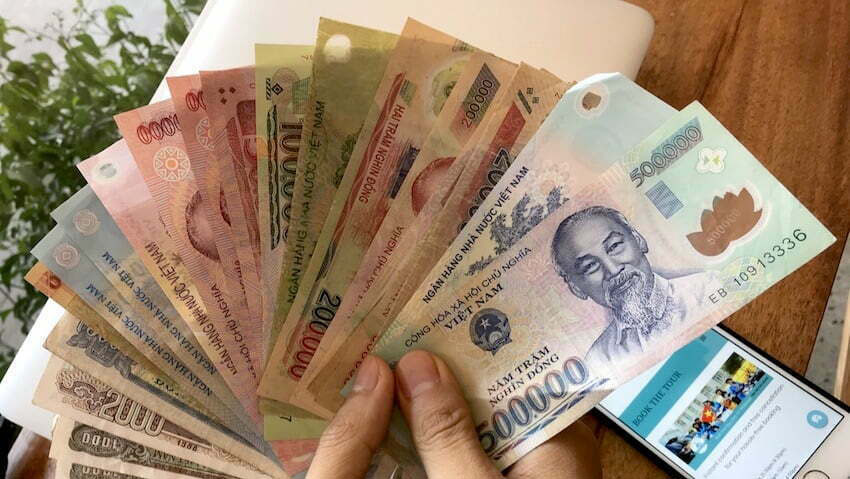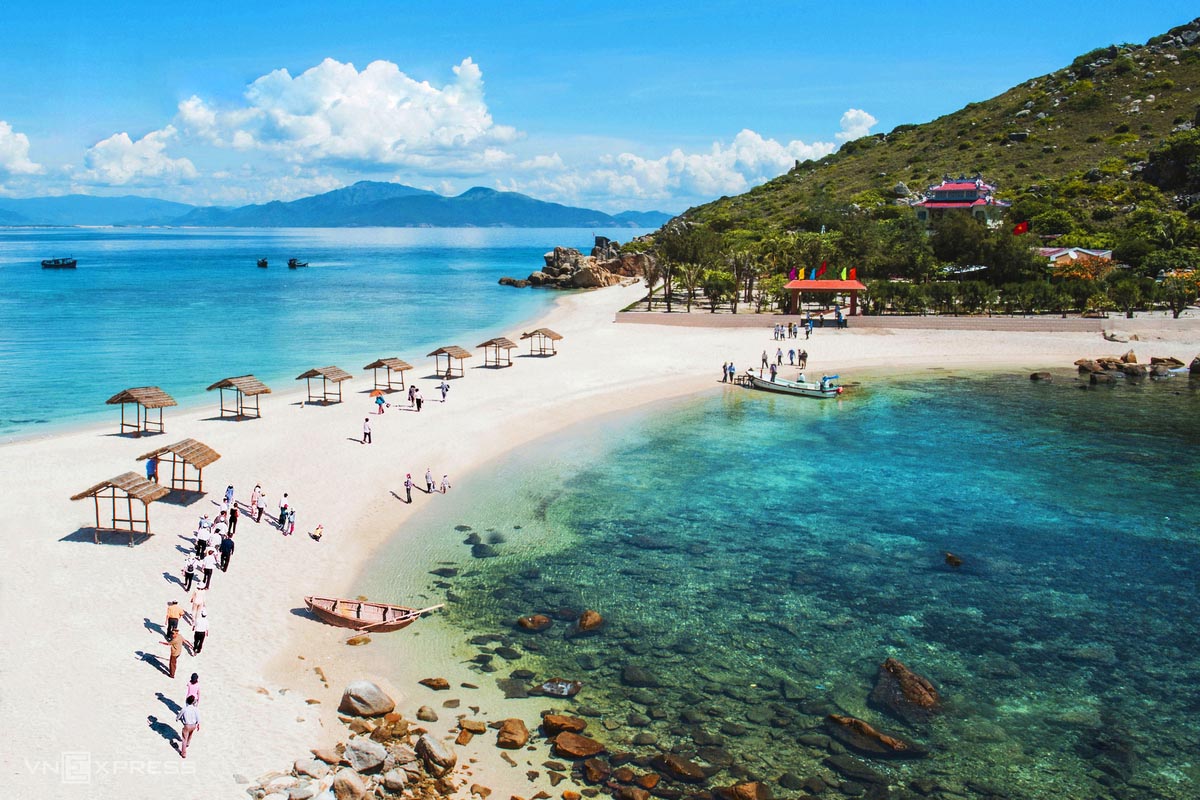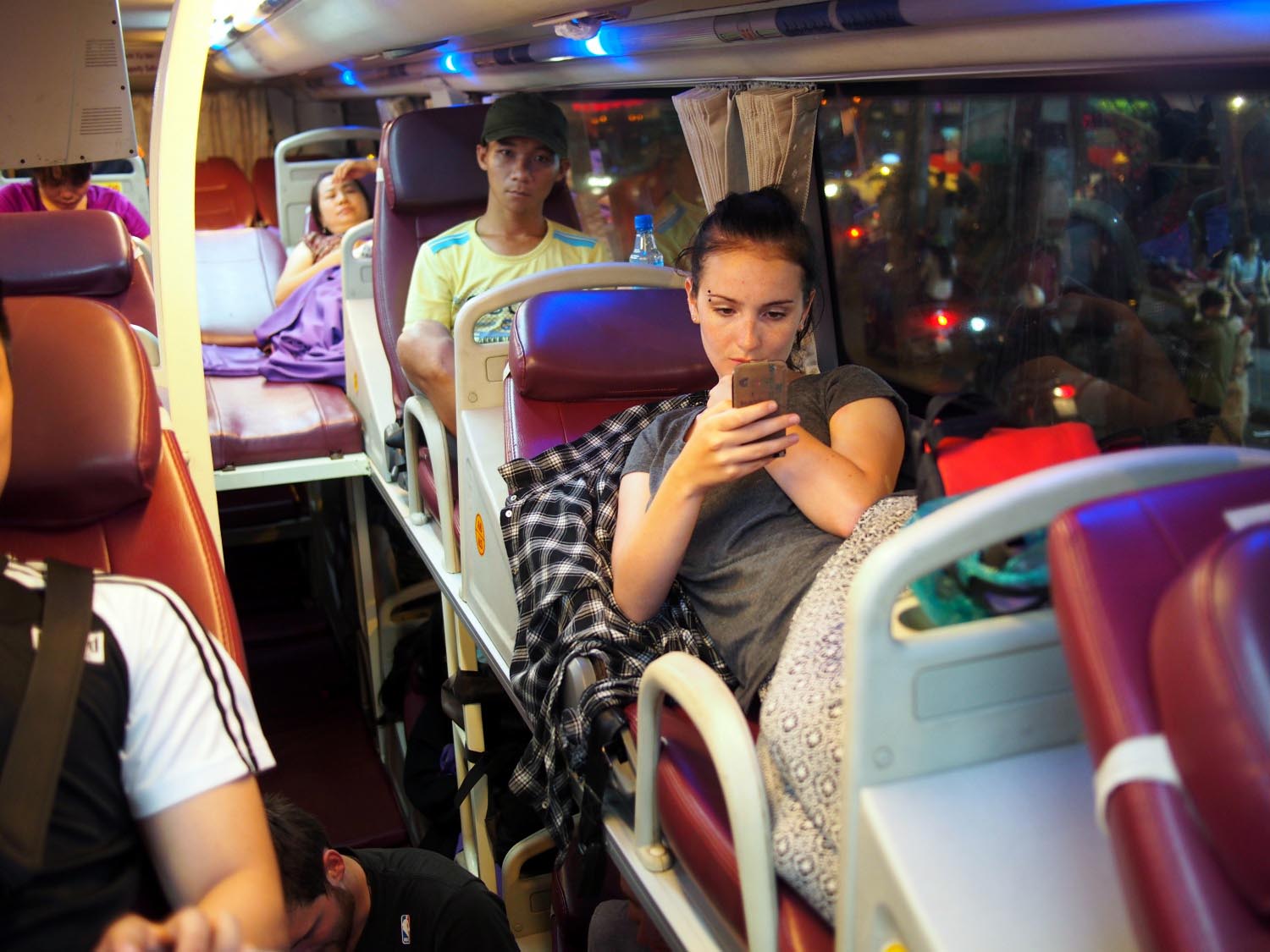Motorbiking experience in Vietnam
Before we get into the nitty-gritty steps, let me give you a brief overview of why you might want to consider trying out motorbiking experience in Vietnam:
-
Experience Unmatched Freedom and Flexibility: Motorbikes have emerged as the most practical means to navigate every terrain in Vietnam from well-planned main roads to narrow alleyways and even remote dirt tracks.
-
Drop to Witness the Beauty: If you happen to catch a glimpse of a stunning landscape like rice fields, beaches, or quaint villages from an airplane, train, or bus, you might quickly pass by without the chance to pause. However, with a motorbike, you are free to stop anywhere and for however long you desire.
-
Genuine Cultural Engagement: A motorbike opens up avenues for immersive cultural experiences. You can seamlessly merge into the traffic flow on the roads, navigate through narrow lanes, and explore intriguing roadside local stalls.
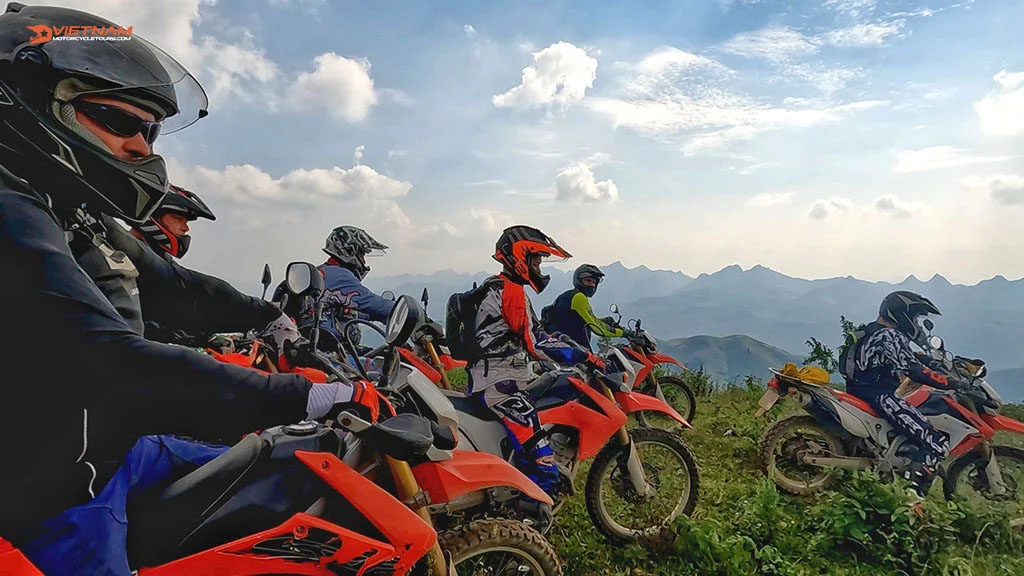
Unlock any spots in your travel with motorbikes
-
Street Food at Your Fingertips: Vietnam’s streets are adorned with roadside eateries and diverse food stalls lining the streets. Moving around on a motorbike offers unparalleled convenience for savoring street food anytime.
-
Reasonable price: The rental fee and petrol fee won’t cost much in your travel budget. I will give you the price range in the next section.
Ensuring a smooth motorbike experience in Vietnam involves several key factors:
-
You need to master the use and control of a motorbike.
-
You understand traffic laws and signals when navigating on the road.
-
Traffic in Vietnam can be pretty hectic, so it might take time for you to get used to.
-
Motorbiking in Vietnam is well-suited for itineraries that offer flexibility in travel time or for navigating moderate distances, be it within city confines or between proximate cities like the route from Hanoi to Ninh Binh (100 km) for a day-long escapade.
How to rent a Motorbike in Vietnam
Riding a motorbike is a common sight and a ubiquitous experience in Vietnam. Similarly, renting a motorbike is just as prevalent. Here is a rundown of essential aspects to check while you practice renting your motorbike in Vietnam:
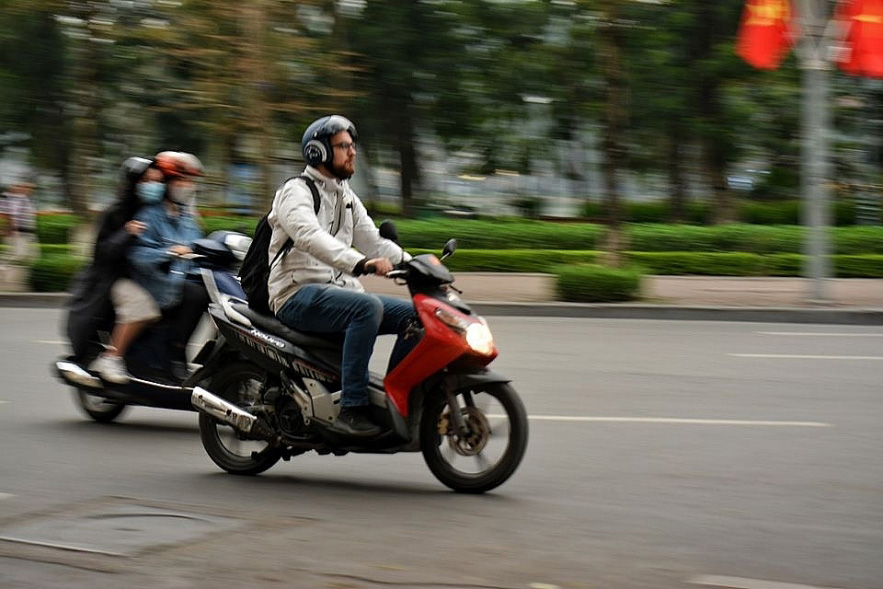
Things you should know about motorbike rental in Vietnam
Driving permit & Insurance
To kick things off, make sure you have the following paperwork squared away:
- International driving permit (IDP): As of August 1st, 2016, an International Driving Permit (IDP) is mandatory for lawful motorbike riding in Vietnam. Ensure you obtain your IDP through the automobile association in your home country.
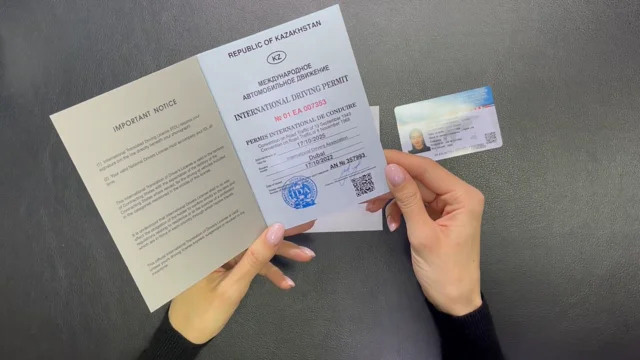
It is crucial to have your International driving permit and insurance documents
- Insurance: While not always mandatory, it is crucial to consider getting insurance when you rent a motorbike in Vietnam. For international travel insurance, you can check reputable websites such as Insure My Trip, Gobear, or Squaremouth. Some prestigious international insurance companies are IM Global, AXA, and World Nomad. Additionally, you can opt for one-time insurance through the websites of local providers in Vietnam like PVI or Bao Viet.
Before finalizing your insurance, remember to scrutinize the policy to confirm coverage for transportation-related aspects (third-party liability, theft, and any potential damage to the motorbike).
Choose the kind of motorbike
Next up is choosing the right type of motorbike. In Vietnam, the most popular types of motorbike rentals include scooters and semi-automatic gear:
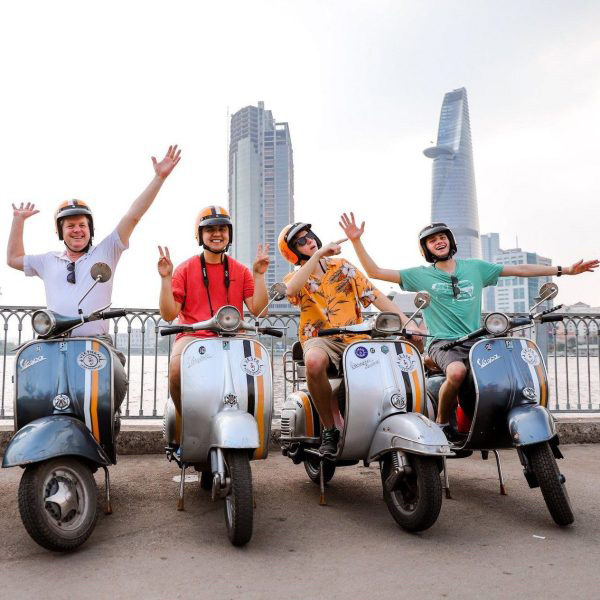
Vietnam types of motorbikes for rent
-
Scooters are easy to ride and are a good option for beginners. These are particularly well-suited for navigating through roads in cities such as Hanoi, Ninh Binh, Ho Chi Minh City, and Hoi An with flat, less inclined terrains.
-
Semi-automatic motorbikes are a good option for riders who are used to riding manual bikes. Small in size yet robust, these motorbikes are strong even for mountainous trails and uphill paths in Sapa and Ha Giang.
If you prefer a ride that is smooth and effortlessly controllable, the scooter is your ideal pick. The semi-automatic motorbikes are a common sight throughout Vietnam as they can conquer both urban landscapes and high-altitude mountainous areas.
Regardless of the type of bike you choose, you should keep in mind to:
-
Perform a thorough check and document the bike’s condition before usage.
-
Take it for a test drive.
-
Ensure the bike is in optimal condition, and you are familiar with its operation to avoid unexpected breakdowns during your journey.
-
Verify the availability of provided items like helmets, petrol, and raincoats.
-
Take note of the contact number for assistance.
-
Review the rental paperwork.
Places for motorbike rental
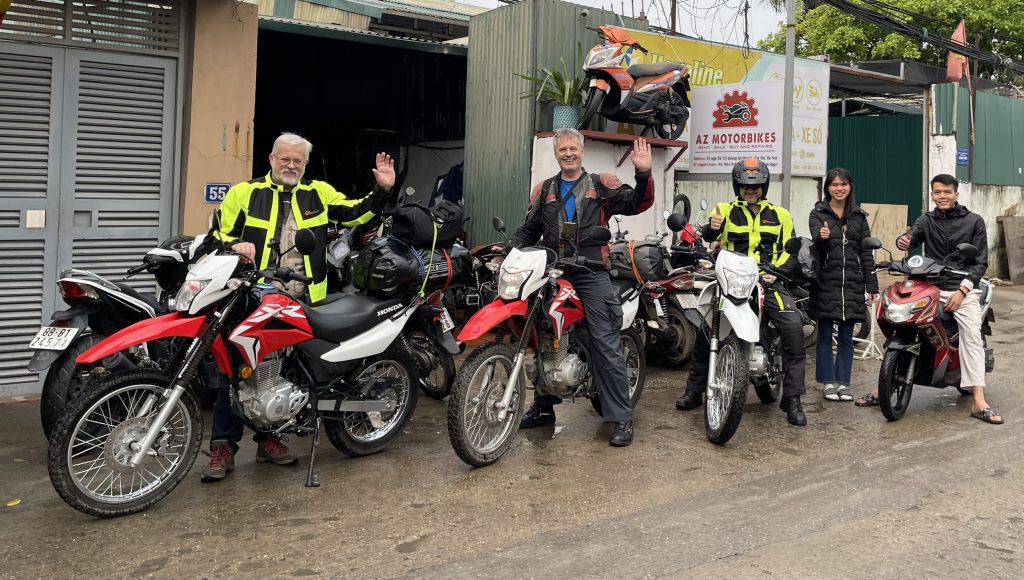
Motorbike rental in Vietnam shops
Motorbike rentals are readily available in shops across major cities and towns in Vietnam. You can also explore online options. You can ensure the shop’s quality by checking Google reviews, TripAdvisor ratings, or seeking insights from fellow travelers who have previously rented bikes in Vietnam via Reddit, Quora, or Facebook.
Noteworthy rental services that have received acclaim include Hoi An Bike Rental (Hoi An), The Motorbike Station (Da Nang), James Hanoi Motorbike (Hanoi), and Tigi Motorbikes (available in both Hanoi and Ho Chi Minh City).
While renting a bike, you might be required to present your driver’s license, insurance, and passport. Depending on the rental facility, ensure you carry all the necessary documentation.
Renting fee and Petrol fee
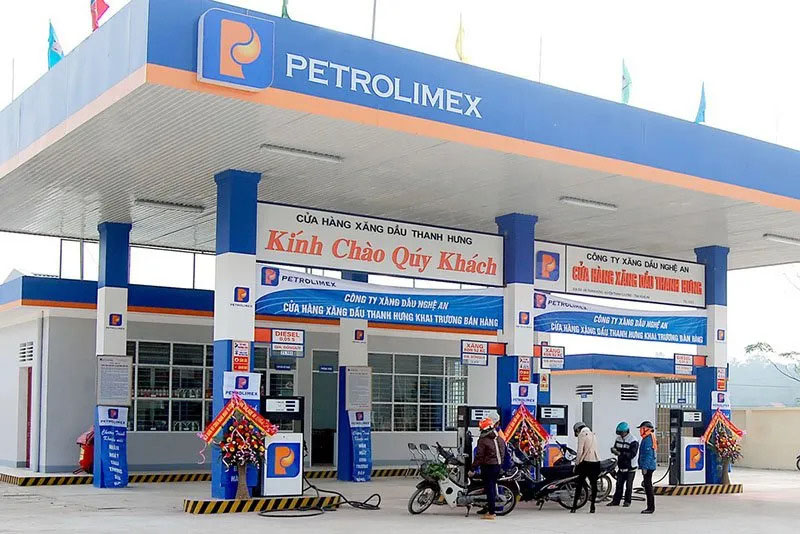
Refill your fuel tank at Vietnam petrol stations
The price of renting a motorbike in Vietnam varies depending on the motorbike type, duration of rental, and location. As a general estimate, you are expected to pay from 5 to 10 USD/day for the rental fee.
The current fuel prices in Vietnam hover around 1 USD per liter. The two commonly sold types of petrol are RON 95 and RON 92. Typically, with 1 liter of fuel you can cover a distance of 15-20 km under relatively flat road conditions.
FAQs
Q: Is it safe to travel by motorbike in Vietnam?
A: Yes. In my opinion, utilizing transportation always demands carefulness and adherence. Excelling at both ensures you a safe and comfortable exploration, regardless of your gender or age and whether you are young or old.
The traffic in Vietnam might come across as chaotic, yet locals and many foreigners participate in it daily. You should have thorough preparation and take a test drive, preferably with a supervisor, before commencing your extended journey.
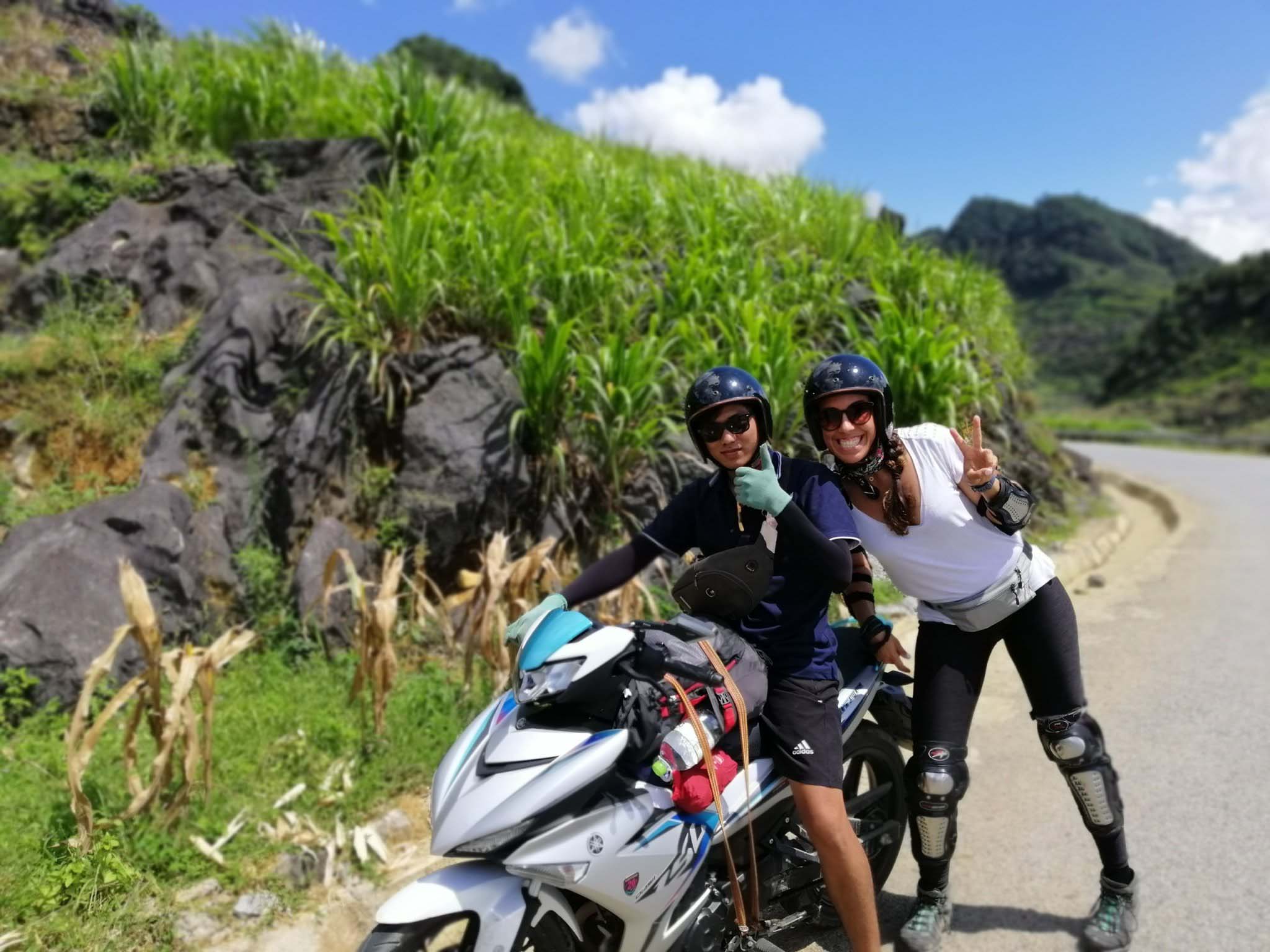
Driving in the countryside of Vietnam
Q: What are the best routes for motorbiking in Vietnam?
A: I can assure you traveling throughout Vietnam on a motorbike is convenient and ideal for delving into the beauty and local life anywhere in the country, from major cities like Hanoi and Ho Chi Minh to rural villages and small towns.
For those seeking exceptional routes, here are my suggestions for some outstanding pathways that will enrich your motorbike experience in Vietnam:
-
Ha Giang Loop: This is considered both a challenge and a place to satisfy the passion of motorbike enthusiasts in Vietnam. The Ha Giang Loop sprawls across the mountainous region, offering riders a winding journey through majestic, rugged landscapes that stand as poetry in motion in Vietnam, featuring picturesque rice fields, quaint villages, and expansive terraced rice fields.
-
Sapa, Mai Chau, Pu Luong: Less rugged and winding compared to Ha Giang, these highland routes still boast breathtaking beauty with picturesque valleys and charming villages.
-
Hai Van Pass: With mountains on one side and the enchanting blue sea on the other, this road ranks among the most scenic routes in Vietnam.
-
Nha Trang - Mui Ne: This mesmerizing 200 km route is a paradise for those enamored by the turquoise sea, pure white sands, and radiant golden sunlight.
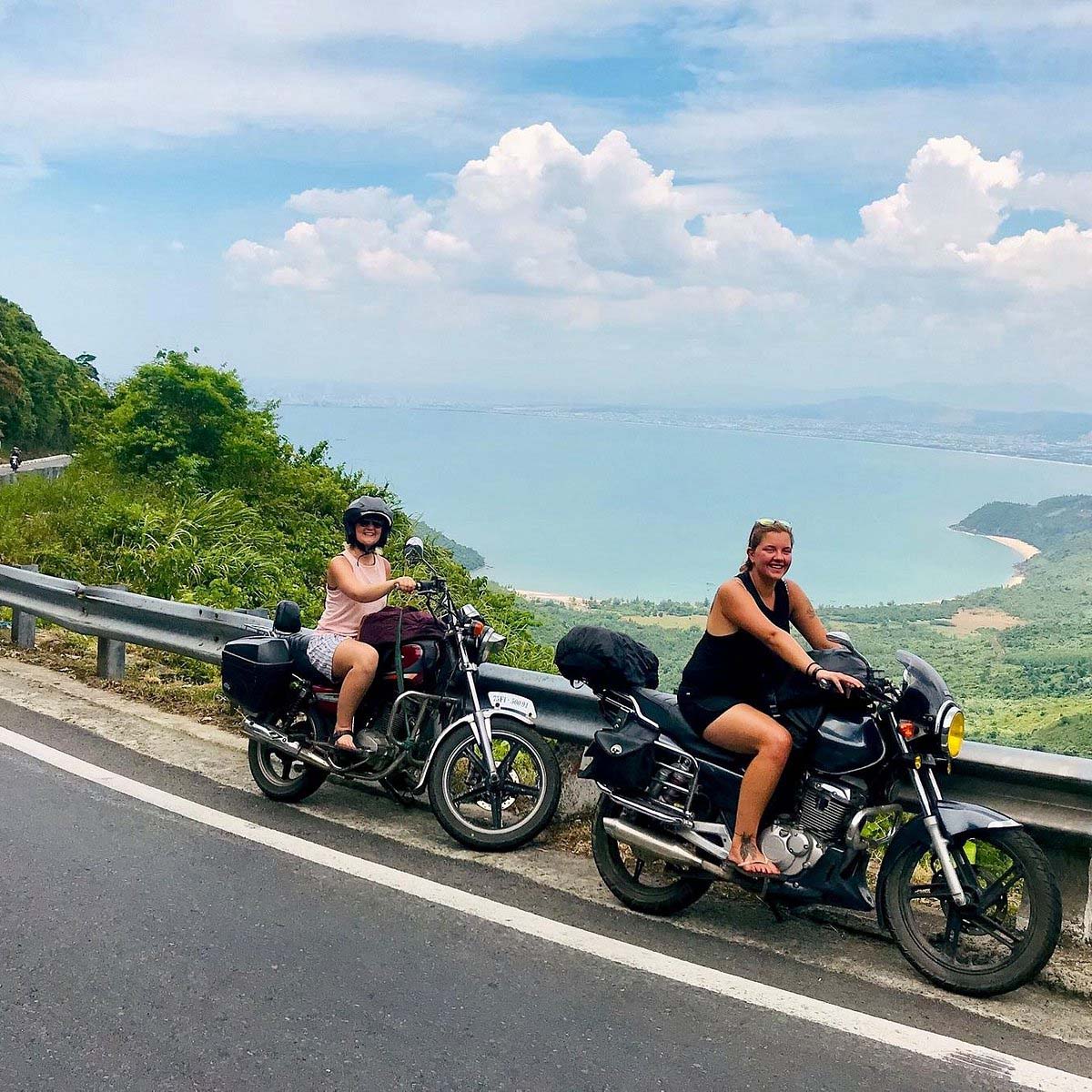
Motorbiking in Hai Van pass
Q: What are the rules for driving in Vietnam?
A: In Vietnam, road regulations align with those of many other nations. Here are some key notes to guide you through the traffic:
-
Drive on the right side of the road.
-
Comply with the speed limits: Motorbikes should not exceed 40 km/h in urban areas and 60 km/h on highways and rural roads.
-
Helmets are mandatory while riding motorbikes.
-
No alcohol while driving.
-
Carry your documents: Always have your valid driver's license, International Driver's Permit (if required), and vehicle registration readily available.
-
Priority for larger vehicles: In situations where there's no clear right of way, larger vehicles such as ambulances, fire trucks, police cars, buses, and trucks usually take precedence.
-
Traffic lights and signs: Pay careful attention to the traffic signals and road signs you come across during your journey.
Emergency contacts
Essential contacts to have while in Vietnam include:
-
112: Nationwide Search and Rescue
-
113: Police
-
114: Fire Prevention and Rescue
-
115: Emergency Medical Services
In addition, while renting your motorbike you can ask for the numbers of your rental agency and mobile repair services available on your driving route.
Looking for more information? Our article on Vietnam travel guide!
I believe we have thoroughly covered essential aspects of motorbike rental in Vietnam in this blog. If you have any further questions about this topic or Vietnam tours, feel free to drop your comments and messages for New Asia Tours!



